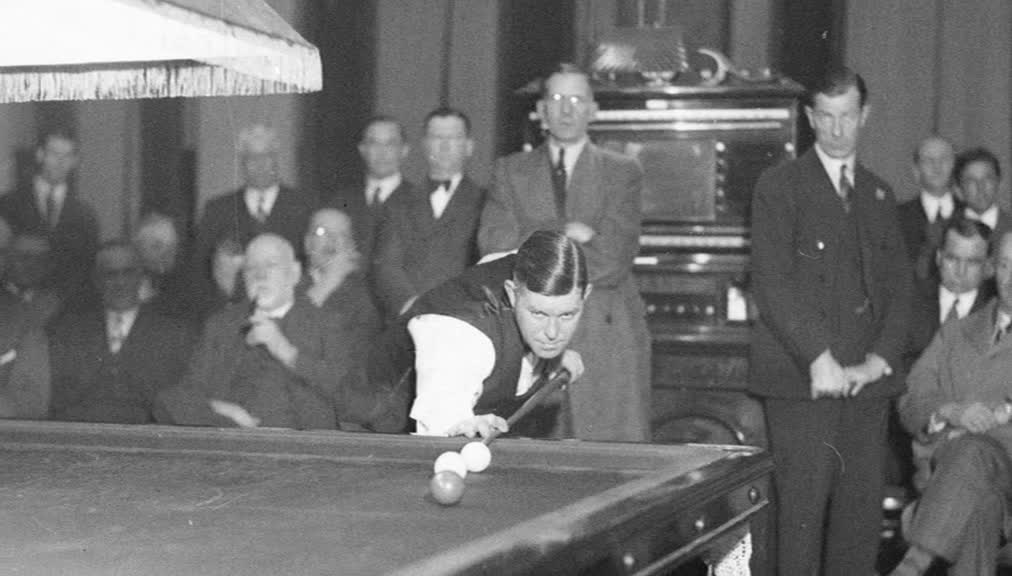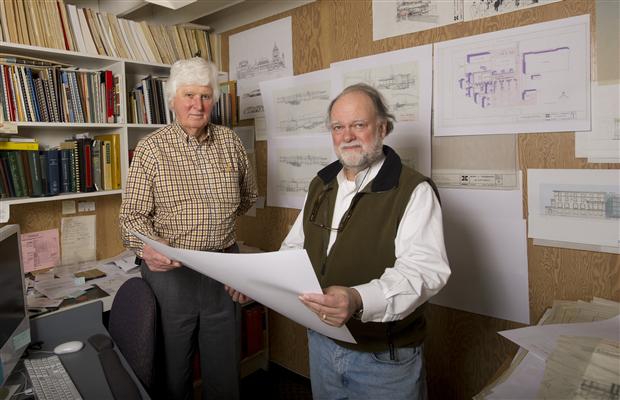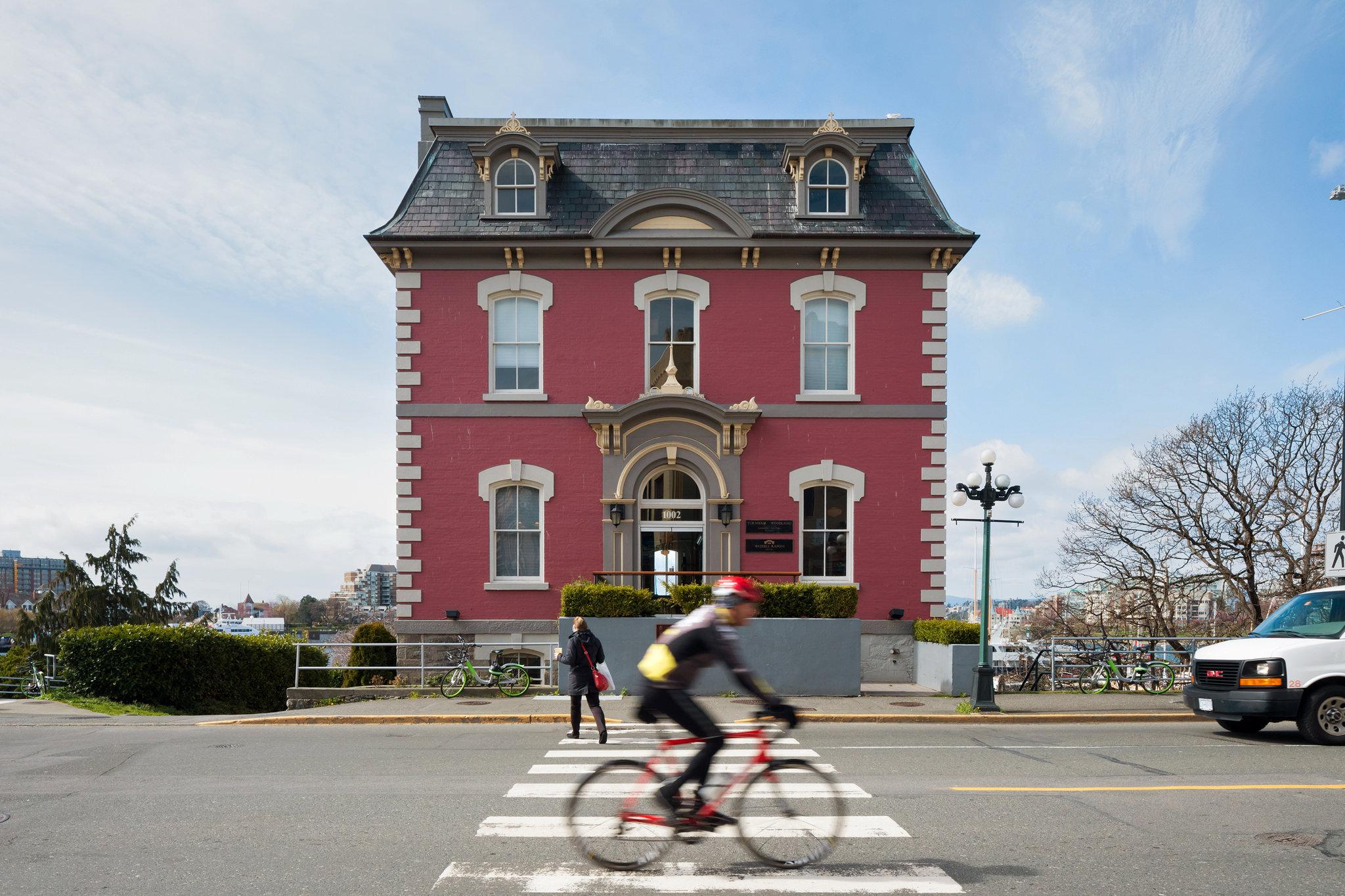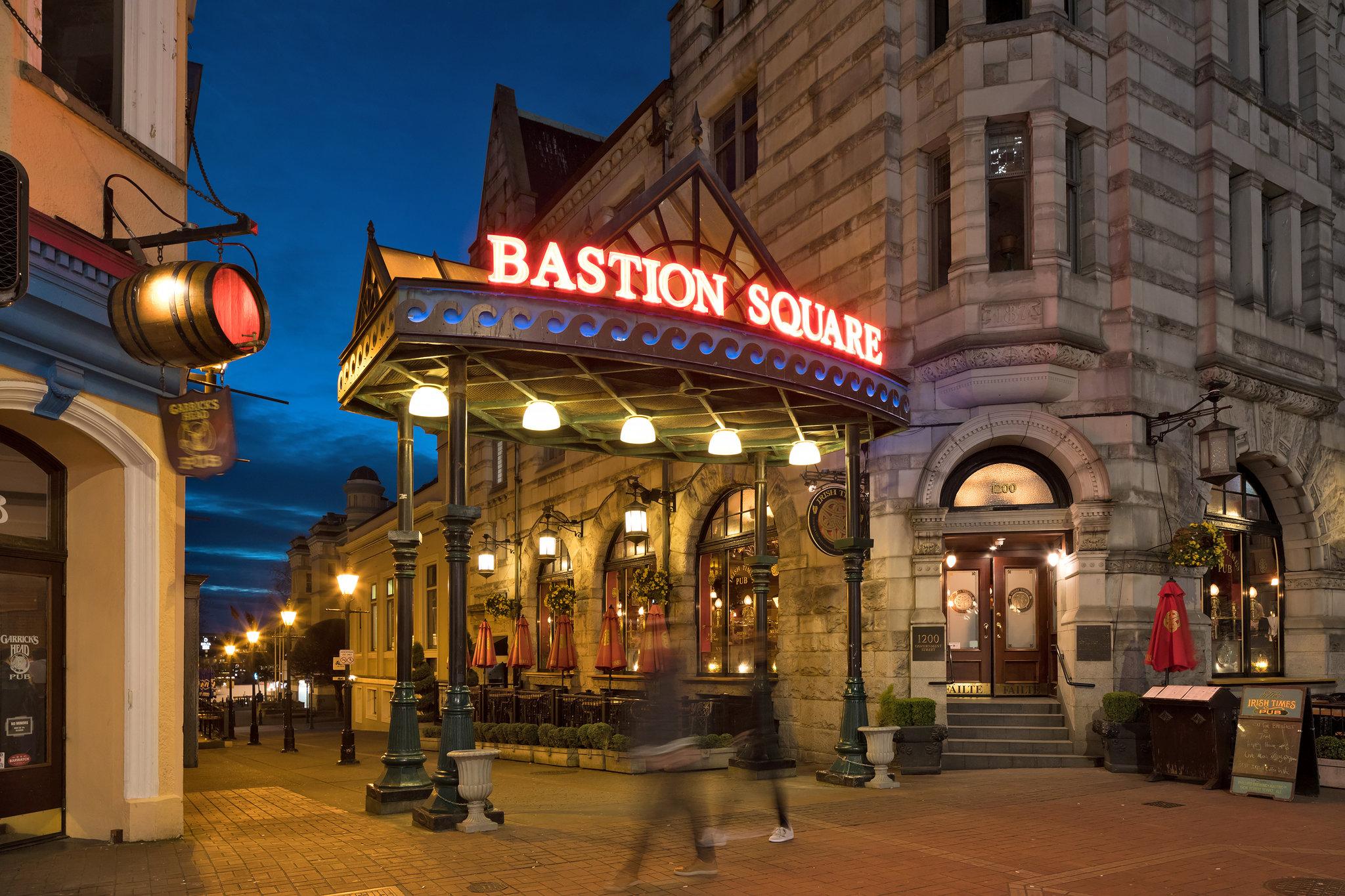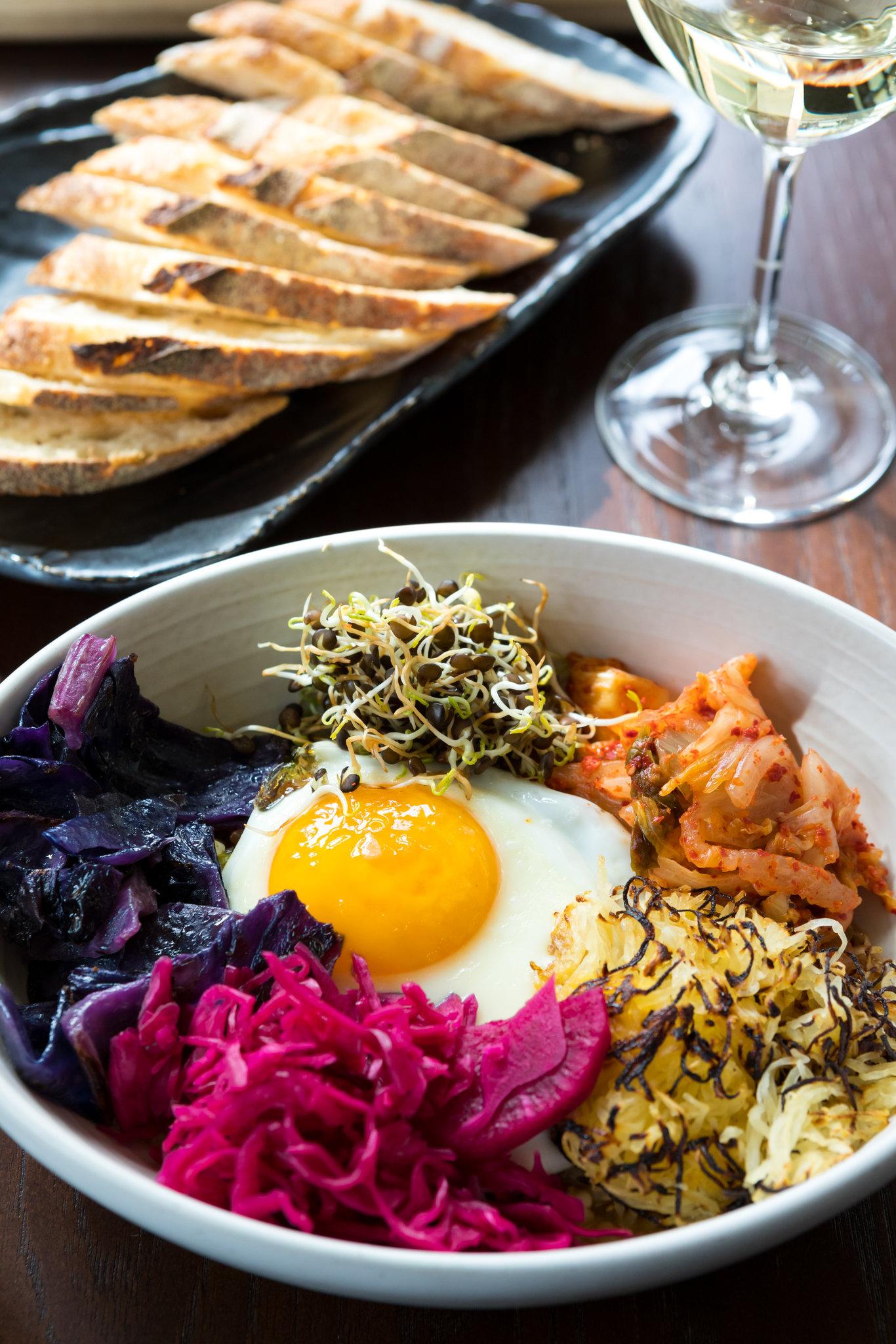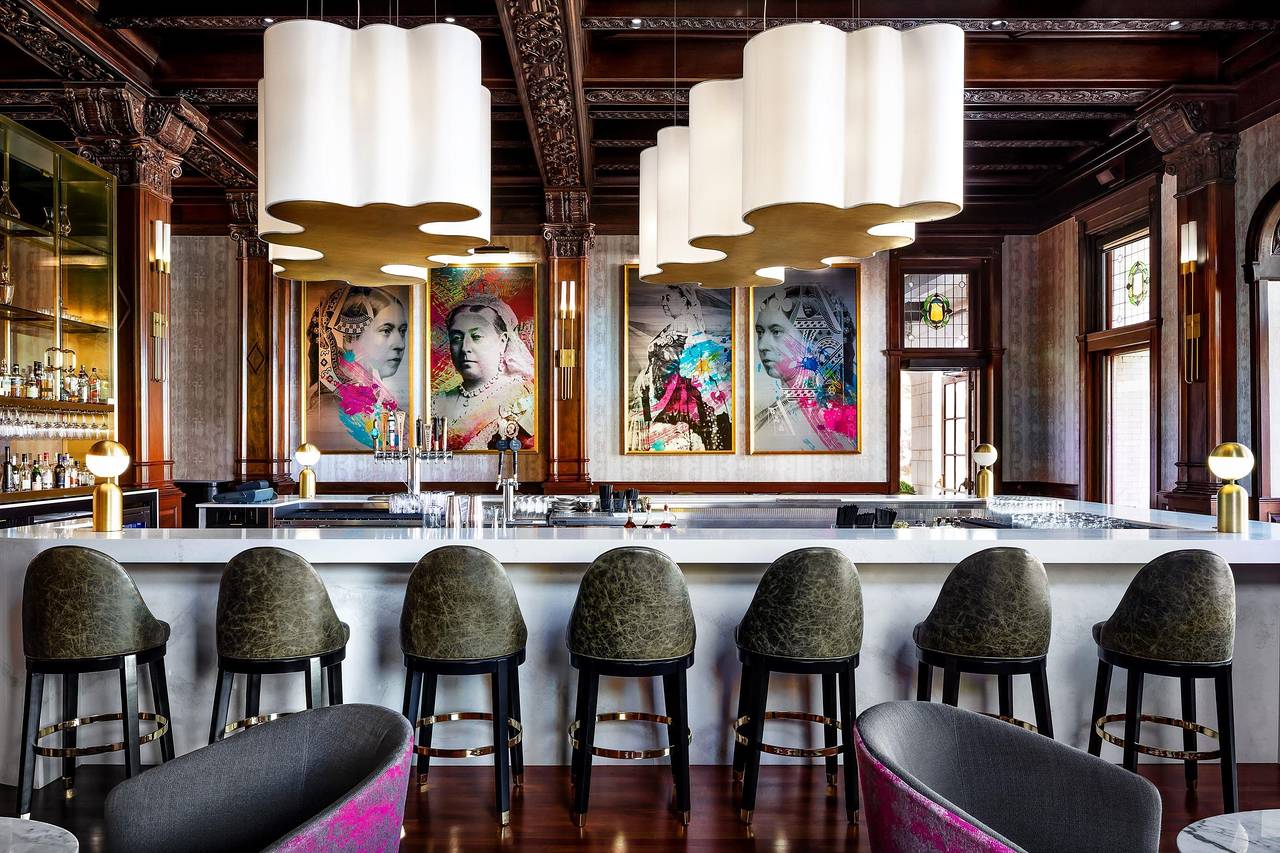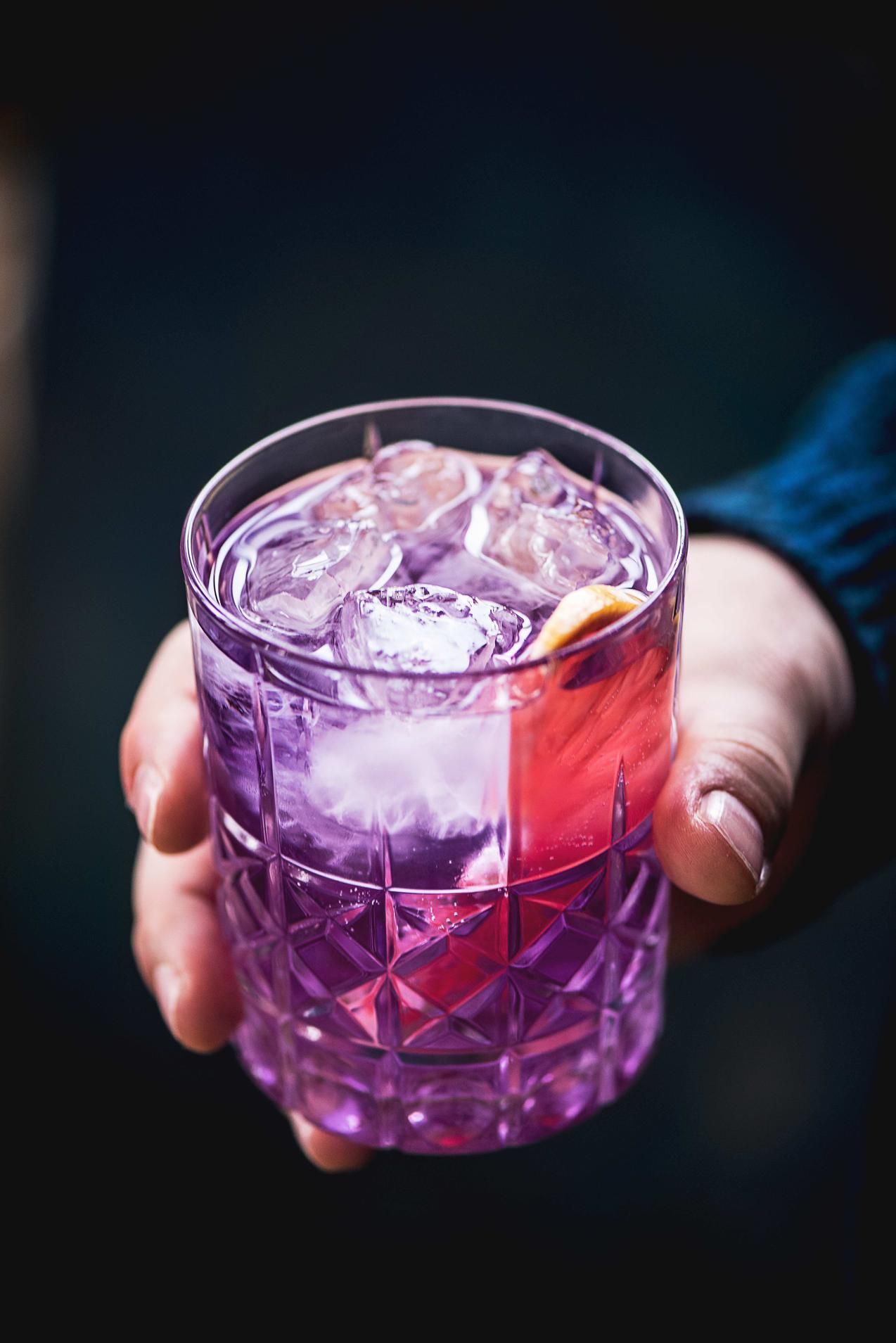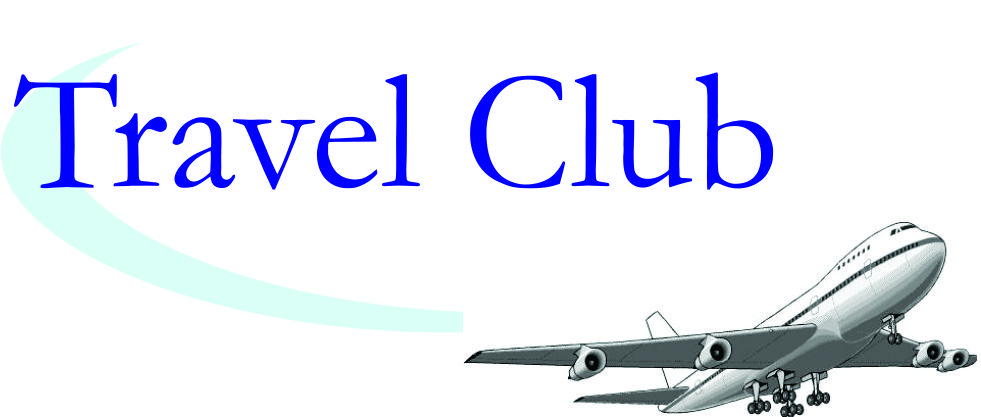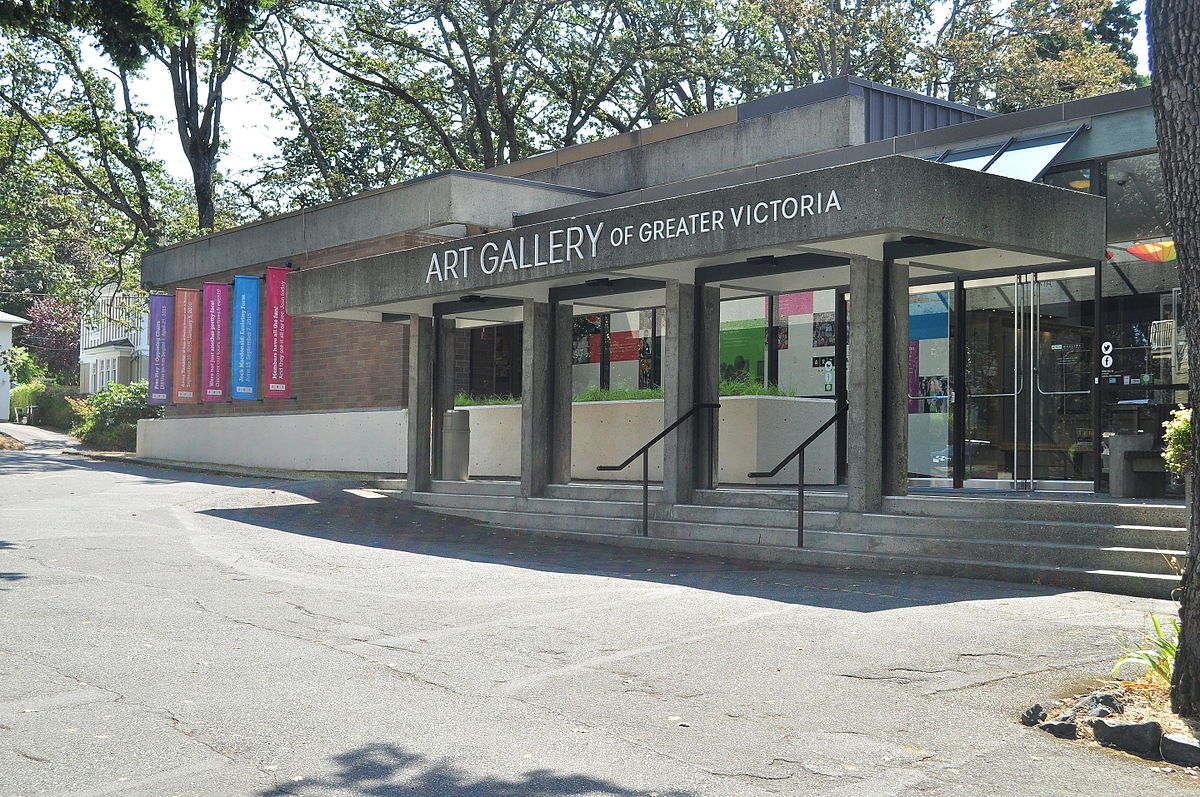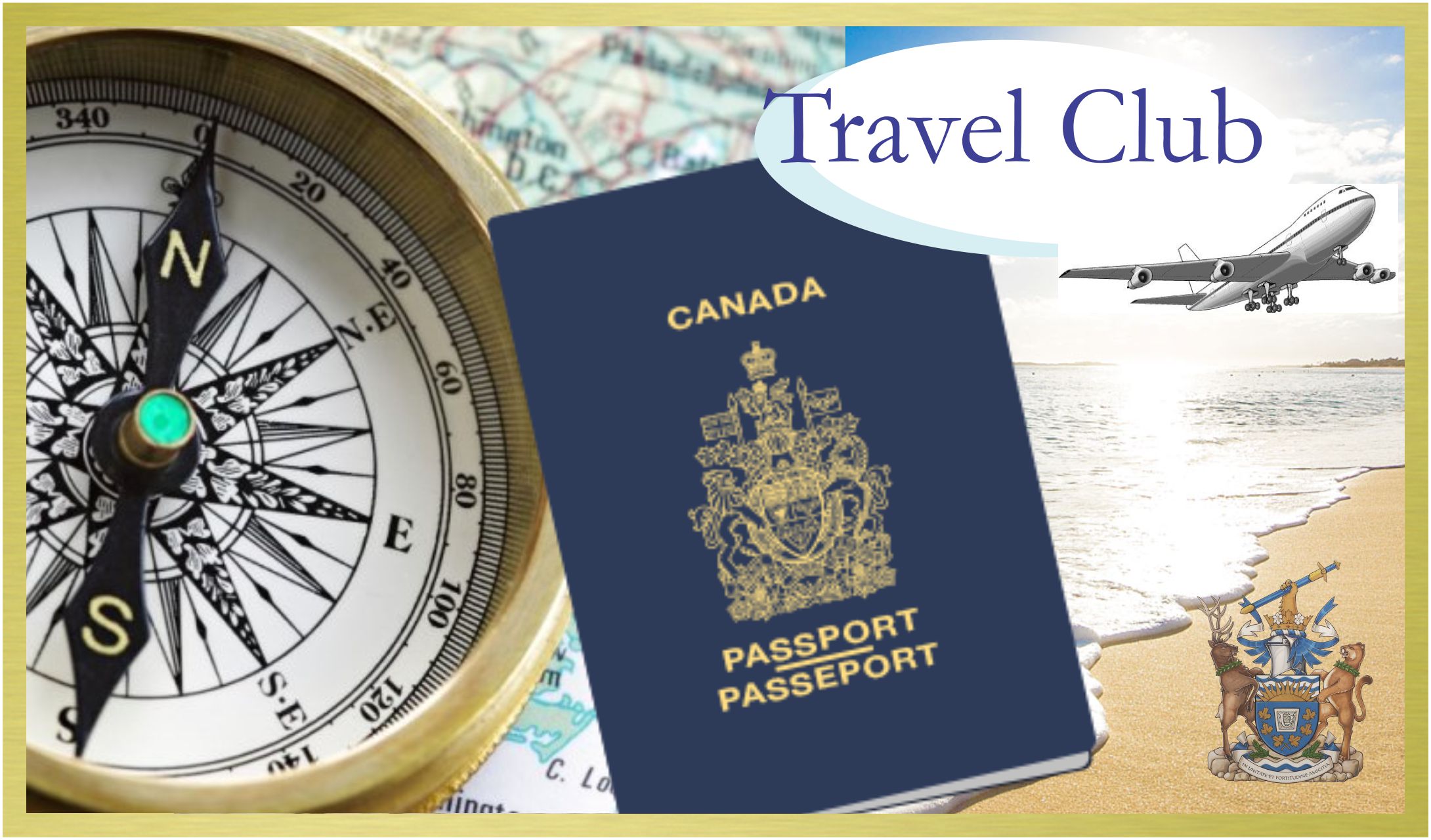
There is ongoing enthusiasm among experienced members interested in hosting small-group trips for fellow members to bond and enjoy as a benefit of membership. The UC Travel Club encourages you, dear reader, to come forward to us with your own proposals, if you have a trip or an outing that you are familiar with that would provide pleasure to our membership. You could propose to host a group or just tell us all about the opportunities out there.
We are pleased to announce the following future hosted trips for your consideration. As new trips are proposed and vetted we will update the list.
2018: Day trip to Othello Tunnels on Kettle Valley Rail Trail at Hope
2018 or 2019: Art Tour of London
2018 or 2019: Experience Yukon!
2019: Wine and Culture Tour of Italy
2019: Great Migration and Highlights of South Africa
2019: Via Rail Winter Wonderland Cross-Canada Trip
2019 or 2020: Self-drive Canal trip in France
2020: The Road From the Past: Traveling Through History in France

EXPERIENCE YUKON
Possibly for later this year or 2019. Presented previously at the monthly UCTC meeting on March 26, 2018
Hosted by member David Leverton, Executive Director of the Maritime Museum of B.C. David has a long history of close museum and cultural workings with First Nations of the area. He will host a set of unique experiences in Yukon that his special relationships and knowledge will facilitate. While ready with a proposed format, he is open to suggestion by early responders with interest. Be sure to see his presentation for more details of the moment. For expressions of interest or questions contact:
Rob d’Estrubé at robdestrube@gmail.com
Cathy Scott at Cathy@departurestravel.com
David Leverton at dleverton@telus.net

ART TOUR OF LONDON
Possibly for later this year or 2019. To be presented at the monthly UCTC meeting on April 29, 2018.
Hosted by UC member and art tour expert Lara Tomaszewska, PhD ISA ,this adventure is forming up to comprise a comprehensive guided art appreciation tour in select renowned venues and opportunities in London. The trip will feature the tour over several initial days of arrival and then allow participants complete flexibility for unhosted enjoyment of London or other destinations for as long as desired. Opportunities will exist to stay in reciprocal clubs. Further details to be released, but early responders with interest can have a hand in shaping the details. For expressions of interest and questions contact:
Rob d’Estrubé at robdestrube@gmail.com
Cathy Scott at Cathy@departurestravel.com
Lara Tomaszewska, PhD, ISA
OPENWORK Art Advisory
www.openworkart.com
+ 1 250 213 2111
+ 44 (0)747 031 4475
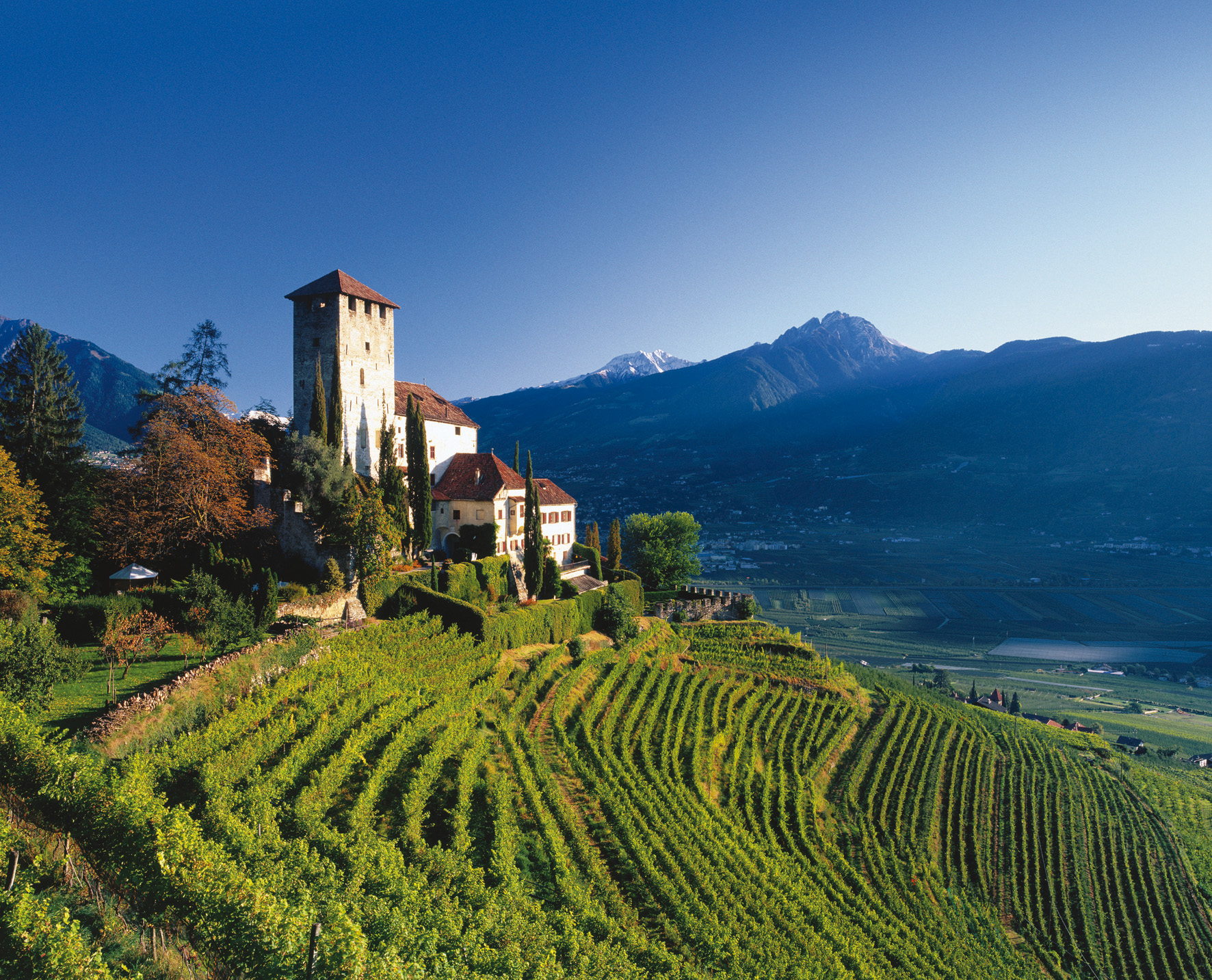
WINE AND CULTURE TOUR OF ITALY
Possibly for 2019 . To be presented at the monthly UCTC meeting on May 28, 2018.
Hosted by members Kerry Brown and Richard Larkin, this tour would be based on the premier wines of Italy and some little-known fabulous ones, likely Tuscany and Piedmont, visiting such wineries in Chianti, Montelcino (Brunello region), many of which have accommodation and/or restaurants with meals paired with their wines. The northern part of Italy is unique – lakes and mountains and not often traveled; UNESCO World Heritage sites, good wine and food. We would also see if we could tie in any affiliate clubs for a stay or at the very least a meal. We could tie in Rome which is a perennial favourite with lots of things to do/see/experience. For expressions of interest or questions contact:
Rob d’Estrubé at robdestrube@gmail.com
Cathy Scott at Cathy@departurestravel.com
Kerry Brown at kerry@successbizcoach.com

GREAT MIGRATION AND HIGHLIGHTS OF SOUTHERN AFRICA
September 2019
Hosted by member David Bate, Victoria resident turned long-time South African entrepreneur and traveler, his tour is described as follows: Experience the greatest annual wildlife event on Earth. Join a discerning group of Union Club members on a trip to Southern Africa in September 2019 to witness the arrival of millions of zebras, wildebeests and other antelopes at the end of their journey across the plains of East Africa from the Serengeti National Park in Tanzania to the Maasai Mara National Reserve in Kenya. This annual pilgrimage is known as the Great Migration and is a once-in-a-lifetime experience that should top the bucket list of every travel enthusiast. The 15-day trip includes highlights of South Africa, Victoria Falls and Kenya. Touch down in South Africa and begin your journey with an introduction to Cape Town and visit to iconic Robben Island, the Alcatraz of Africa, where Nelson Mandela spent 18 of his 27 prison years. Move into the heart of South Africa’s nearby winelands of Stellenbosch, Franschoek and Paarl and spend two days exploring some of the best wines and cuisine the New World has to offer, including at least two restaurants listed in the World’s Top 100 restaurants. Fly into Victoria Falls and experience the largest waterfall and one of the wonders of the natural world. Return to Johannesburg and spend a day touring the Apartheid Museum and Soweto. Enjoy an overnight train journey on Rovos Rail, rated as the most luxurious train in the world, from Pretoria to Durban with stops to tour the Kwa-Zulu battlefields where figures such as Winston Churchill, Mahatma Ghandi and Jan Smuts all participated in the same battle. You will also get a brief taste of a safari before disembarking in Durban for a flight to the Maasai Mara and the heart of the migration. During your four night sojourn in the Maasai Mara, witness river crossings where hundreds of thousands of antelopes and zebras test their luck against lurking crocodiles. Watch packs of lions, leopards, hyenas and wild dogs track the herds and, if your timing is right, see a kill in action from the safety of your safari vehicle. During your down time, enjoy luxurious ‘Out of Africa’ styled tented camps where butlers cater to your every whim and rose petals await you in the bath drawn in your old fashioned iron bath tub. Dine on gourmet meals and fine wines that introduce the culinary delights of Africa. Options available for extended tours to South Africa (golfing tours, garden routes) Namibia (sand dunes and Skeleton Coast), Botswana (Okavango Delta), and Mauritius, Zanzibar, The Maldives and Madagascar (all great beaches), among other locations. This trip will be guided by Dr. David Bate, a Union Club member who has lived in South Africa for over 20 years and owns wine cellars in the heart of South Africa’s wine country. Space is limited. If this trip piques your interest, please reach out to:
Rob d’Estrubé at robdestrube@gmail.com
Cathy Scott at Cathy@departurestravel.com
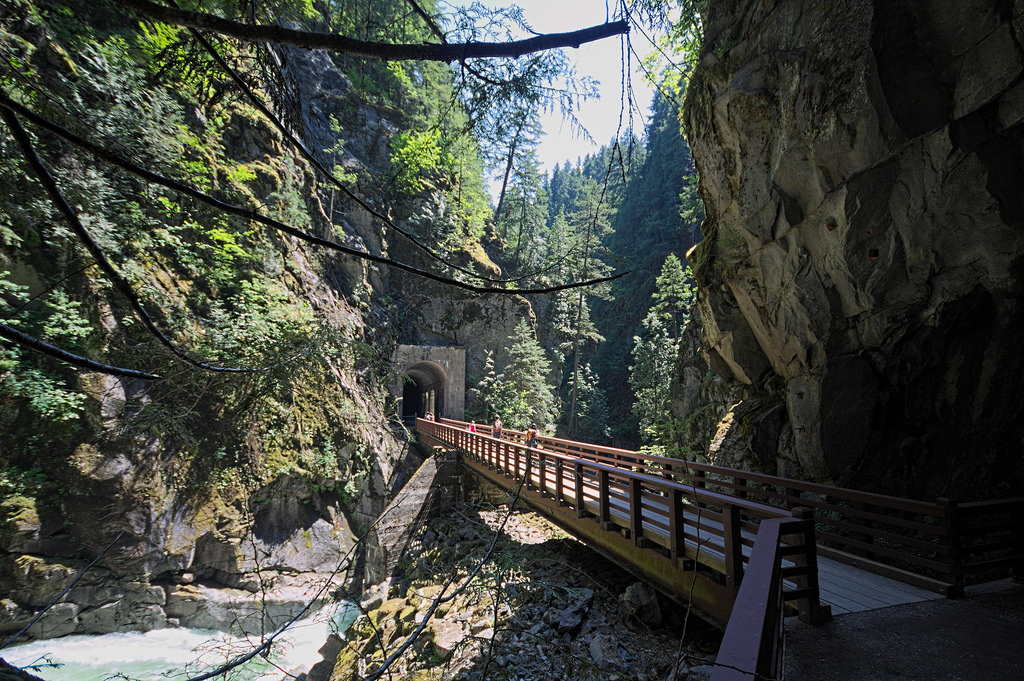
WALKING DAY-TRIP TO THE OTHELLO TUNNELS ON THE KETTLE VALLEY RAILROAD TRAIL AND COQUIHALLA RIVER AT HOPE, BC
Proposed for later this spring or summer.
Hosted by Rob d’Estrube this will be a simple ferry/bus ride to Hope with lunch and an opportunity to walk the trail along the Coquihalla River and through the tunnels. Travel site ratings are 4.5+ out of 5. Easy walking and available in a 1K or 4.5K version along the rail trail. Easy possibility of both distances being accommodated in the same trip. Timing will be determined by member input. To express an interest in the trip and answer questions contact:
Rob d’Estrubé at robdestrube@gmail.com
Cathy Scott at Cathy@departurestravel.com
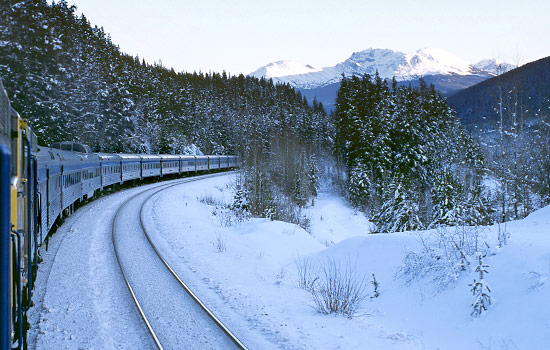
VIA RAIL WINTER WONDERLAND FIRST CLASS ALL-INCLUSIVE PRIVATE-CABIN RAIL JOURNEY ACROSS CANADA
Proposed for winter of early 2019.
Hosted by Rob d’Estrube this trip is from Vancouver to Toronto during the season where all the sights are snow-clad wonderlands, taking advantage of the lowest rates for travel plus discounts for seniors. Great for single travelers, no single supplements, as there are cabins for one as well as for two or more. All meals (very good) included and 4 + days of wonderful relaxation and bonding with members. Plenty of room to move around so we aren’t glued together. Stay on or travel further when arrived in Toronto. The destination is not important here, nor is the schedule: the immersive journal is all. To express an interest in the trip and answer questions contact:
Rob d’Estrubé at robdestrube@gmail.com
Cathy Scott at Cathy@departurestravel.com
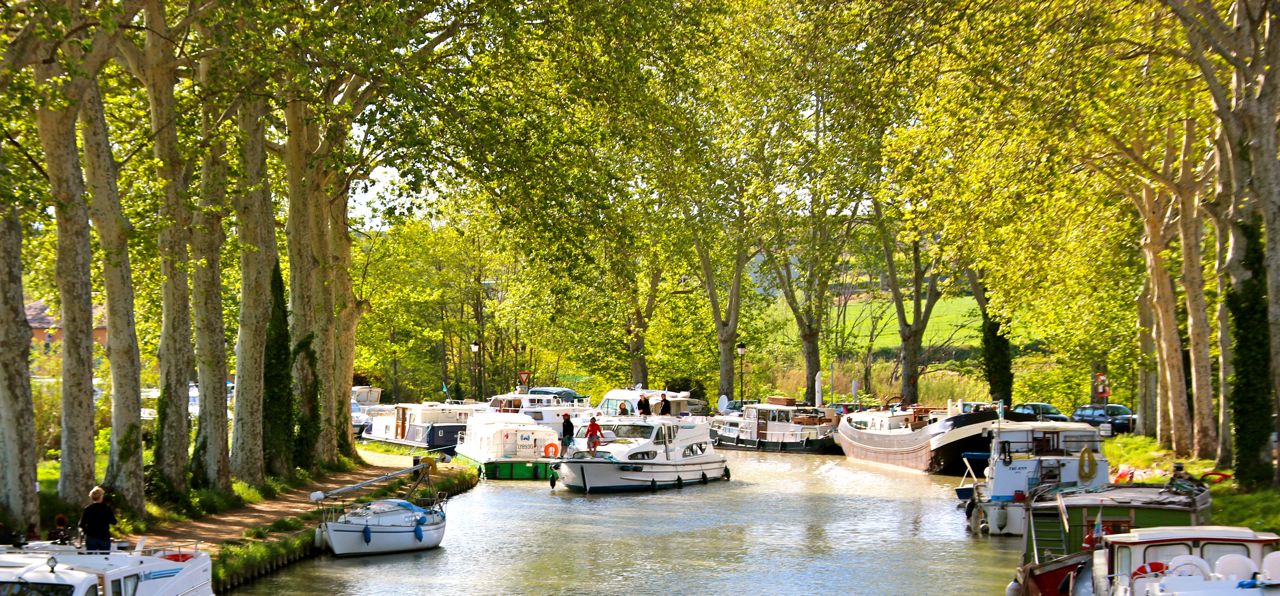
A SELF-DRIVE CANAL TRIP WITH MEMBERS AND FRIENDS IN FRANCE
Proposed for 2019 or 2020
Hosted by Rob d’Estrubé, this will be a two-week bit of life in the slow-lane through some backwoods of France. Depending on the canal and the size of the locks we will limit the group to 12, likely divided between 2 or maybe 3 boats. Single travelers welcome as there are a variety of accommodations. The journey is everything here, the French Immersion experience transcends place and time: You will neither be in the here nor the now: you will be “in the present”. We will drive our own boats, cook our own food aboard or dine out along the way as desired. Happy hours are long and usually all on one boat. Stories, lies and exaggerations, through the blur of wine and cheese, replace the real world. This will be perhaps your most relaxing and engaging holiday ever. Quaint villages and towns, chateaux and market places abound at our side. Have semi-independent days away from the boat if you are fit enough to cycle or walk down the towpath: you’ll never get lost. Read a book while the world goes by but be ready to help in the locks. It’s easy work and you can get off and explore the lock keepers’ gardens. Tie up anywhere between locks for the evening and let the birds serenade you in a countryside without road noise. Acquainted members will become fast friends. To express an interest in the trip and answer questions contact:
Rob d’Estrubé at robdestrube@gmail.com
Cathy Scott at Cathy@departurestravel.com

THE ROAD FROM THE PAST: TRAVELING THROUGH HISTORY IN FRANCE
Proposed for 2020. A truly unique and once-in-a-lifetime exploration.
Hosted by Rob d’Estrubé, this adventure will follow closely the famous book by the same name written by Ina Caro, historian and gourmet food and wine writer. We would be a small group traveling for about 3 weeks, professionally driven and guided. The history of France will be discovered in the locations where events and paradigms took place. Reading the book will reveal the excitement ahead and the book will be a constant companion on the trip. Quoting from the NY Times here a partial review of the book and what the trip will essentially offer:
“She begins in the ruins at Orange and Nîmes, and then ushers us through blood and fire, religious wars, feudal rivalries and monarchical madness, into the light of the Renaissance, up to Louis XIV’s punishment of his superintendent of finance, Nicolas Fouquet, for the in-the-king’s-face magnificence of Vaux-le-Vicomte. And thus we visit Provence, the Languedoc, the Dordogne, the Loire Valley and the Ile-de-France.
Caro brings the reader along gently, with precise information on how long it takes to drive from one place to another, what roads to choose, how much time to budget for this or that sight; she is also helpful on where to linger, on what towns are pleasant places to have a long coffee or a picnic, and which are dull or overcrowded or seem to have metamorphosed into parking lots.
Although the book is written for visitors who don’t know France well, it is packed with information even for people who do. Caro does not seek to be exhaustive about hotels or restaurants, but she tells us about the ones that have become favorites and about others that have failed her test.
She approaches every new step visually – what’s the view from the hotel or restaurant, what can be seen and measured and studied before it is visited.
Caro is an opinionated traveler…taking no guff from unpleasant restaurateurs and snotty tour guides, and refreshingly direct about what to avoid…etc.” The route is essentially C shaped as we start in Roman times in Provence and progress in time West and North and then East to Paris for the Revolution.
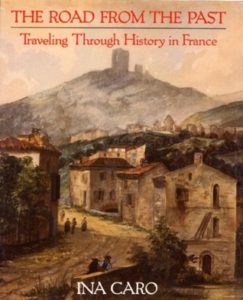
There is at least one copy of the book in the UC library for your perusal but is easily available online.
Interested early responders can have a hand in formulating many aspects of the trip, like timing, as well as determining price points for levels of accommodation and cuisine where practical.
Rob d’Estrubé has traveled extensively in France and is directly related to many of the nastier characters in this history. To express an interest in the trip and answer questions contact:
Rob d’Estrubé at robdestrube@gmail.com
Cathy Scott at Cathy@departurestravel.com
